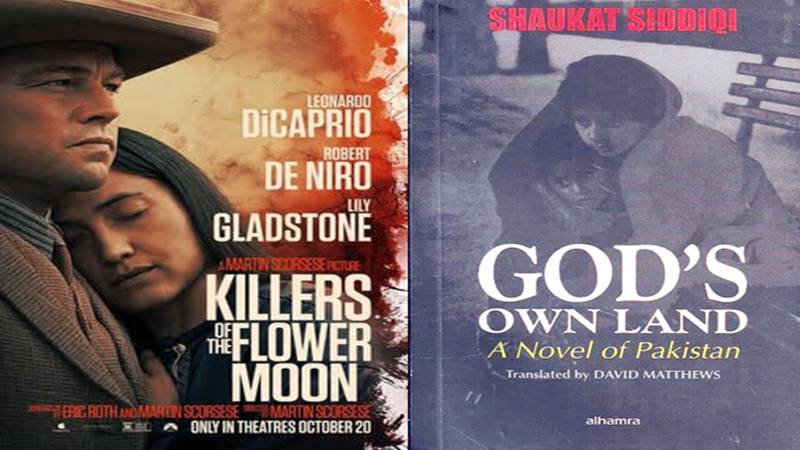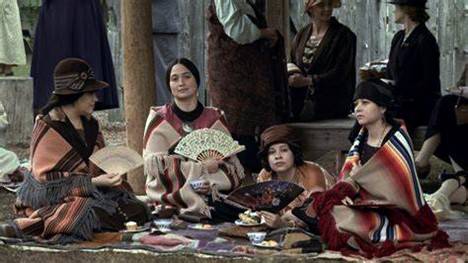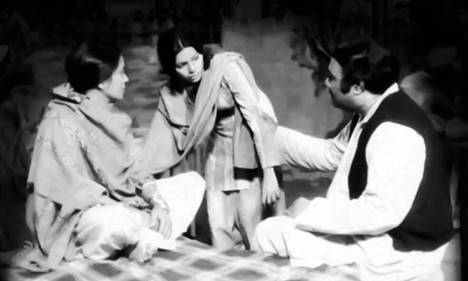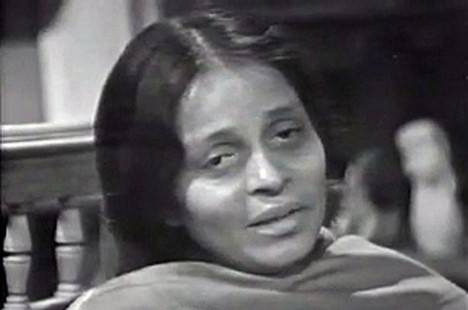
In the vast realm of storytelling, certain narratives transcend the confines of time and geography, becoming cherished cultural phenomena that resonate with audiences worldwide. Among these luminaries stand Khuda Ki Basti and The Killers of the Flower Moon – two tales that have not only earned accolades but have also etched their legacies as award-winning epics. Despite originating from diverse corners of the globe, both narratives share a common thread of recognition and appreciation.
Khuda Ki Basti, a timeless Urdu classic by Shaukat Siddiqui, achieved a historic milestone by winning the 1969 Most Popular TV Serial Award in Pakistan. The impact of this achievement was so profound that markets and stores would shutter during its airing, attesting to its immense popularity. Even Prime Minister Zulfikar Ali Bhutto, a pivotal political figure of the time, declared it his favourite TV play. The fervour surrounding the show was such that, at his insistence, the original production was rerun, further cementing its status as a cultural touchstone.
On the opposite side of the globe, The Killers of the Flower Moon stands proudly as a nominee for an Oscar award, a testament to its cinematic brilliance. The recognition at such a prestigious platform underscores the global acknowledgment of its narrative richness and storytelling prowess.
While Khuda Ki Basti left an indelible mark as a revolutionary TV serial, The Killers of the Flower Moon continues to receive accolades on the grand cinematic stage. Both stories, originating from diverse cultures and mediums, share the common thread of being celebrated and recognised for their exceptional contributions to the world of storytelling.

The accolades bestowed upon Khuda Ki Basti and The Killers of the Flower Moon transcend geographical boundaries, emphasizing the universal resonance of their narratives. These award-winning epics have not only captivated the hearts of their respective cultural landscapes but have also showcased the profound power of storytelling to captivate and unify audiences across the globe.
As these tales continue to garner acclaim and appreciation, their legacy as timeless narratives deserving of recognition stands firm. Beyond the accolades, they serve as bridges, connecting diverse cultures and enriching the global tapestry of storytelling. Through the recognition they have received, these epics embody the unifying force of storytelling, proving that, irrespective of origin, a well-crafted narrative has the ability to transcend boundaries and leave an indelible mark on the collective consciousness of humanity.
In the rich tapestry of literature, certain stories transcend borders and eras, reflecting the universal facets of human nature. Khuda Ki Basti and The Killers of the Flower Moon are two such captivating tales that traverse the cultural landscapes of Pakistan and the United States. Despite their geographical disparities, these novels reveal uncanny parallels between their protagonists, Sultana and Molly.

Khuda Ki Basti, penned by Shaukat Siddiqui, unfolds against the backdrop of 1950s slums in Karachi and Lahore. It delves into the struggles of a family ensnared by corruption. The narrative intensifies when a scheming man marries the widowed mother, orchestrating her murder for personal gain. The vulnerable children, Sultana and Annu, then become prey to exploitation by nefarious characters, leading to a tragic conclusion.
Contrastingly, The Killers of the Flower Moon is set in 1920s Oklahoma, exploring the shocking murders of Osage Native Americans for their oil wealth. Family members are targeted to inherit lucrative oil rights, unraveling a dark web of conspiracy, greed, and corruption that mirrors the themes in Khuda Ki Basti.
One of the most gripping similarities between Sultana and Molly lies in the sinister use of slow poison, injecting suspense and tragedy into both narratives.
Both novels share a central theme – the murder of wives or family members for financial gain. In Khuda Ki Basti, the conniving man seeks access to young Sultana after marrying her mother. Similarly, in The Killers of the Flower Moon, family members are targeted for their oil wealth.
The vulnerable protagonists find themselves ensnared in the web of exploitation and corruption. In Khuda Ki Basti, the family falls prey to unscrupulous characters, while in The Killers of the Flower Moon, the Osage Nation faces corruption and betrayal.
Both narratives culminate in tragic conclusions. The exploitation and manipulation of vulnerable characters lead to devastating outcomes, highlighting the harsh realities of human nature and societal injustice.
In The Killers of the Flower Moon, Molly, diagnosed with diabetes, becomes a victim of her husband's sinister intentions. Instead of life-saving insulin injections, she receives a deadly dose of poison, a heart-wrenching betrayal that unfolds as her spouse exploits her vulnerability and trust.

Similarly, in Khuda Ki Basti, Sultana's fate takes a dark turn as she receives repeated doses of poison, unaware that the treatment meant to heal her is, in fact, a slow poison. The deceitful use of medication becomes a poignant symbol of betrayal in her struggle for survival.
The common thread of slow poison weaves a chilling narrative of betrayal, deception, and vulnerability in both Khuda Ki Basti and The Killers of the Flower Moon. Both, rooted in distinct cultures and historical periods, converge on universal themes that resonate with the timeless struggles of human existence. As these narratives potentially transition to the screen, their emotional impact could captivate viewers, offering a compelling exploration of the shared complexities of the human condition. In navigating the stories of Sultana and Molly, the parallel themes serve as a haunting reminder of the darkness that can lurk within the closest relationships, transcending cultural and geographical boundaries.

